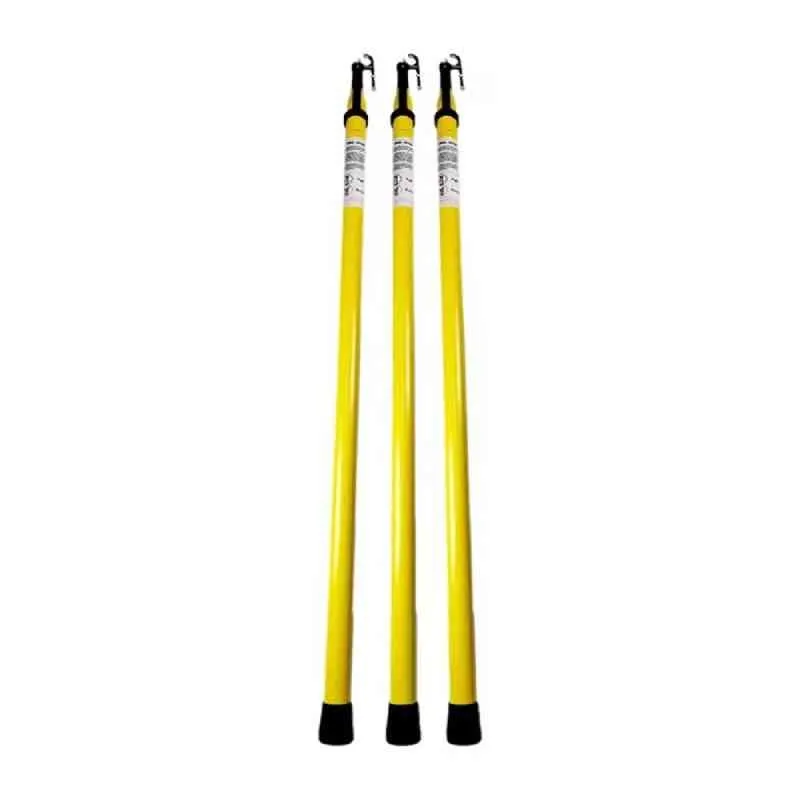
-
 Afrikaans
Afrikaans -
 Albanian
Albanian -
 Amharic
Amharic -
 Arabic
Arabic -
 Armenian
Armenian -
 Azerbaijani
Azerbaijani -
 Basque
Basque -
 Belarusian
Belarusian -
 Bengali
Bengali -
 Bosnian
Bosnian -
 Bulgarian
Bulgarian -
 Catalan
Catalan -
 Cebuano
Cebuano -
 Corsican
Corsican -
 Croatian
Croatian -
 Czech
Czech -
 Danish
Danish -
 Dutch
Dutch -
 English
English -
 Esperanto
Esperanto -
 Estonian
Estonian -
 Finnish
Finnish -
 French
French -
 Frisian
Frisian -
 Galician
Galician -
 Georgian
Georgian -
 German
German -
 Greek
Greek -
 Gujarati
Gujarati -
 Haitian Creole
Haitian Creole -
 hausa
hausa -
 hawaiian
hawaiian -
 Hebrew
Hebrew -
 Hindi
Hindi -
 Miao
Miao -
 Hungarian
Hungarian -
 Icelandic
Icelandic -
 igbo
igbo -
 Indonesian
Indonesian -
 irish
irish -
 Italian
Italian -
 Japanese
Japanese -
 Javanese
Javanese -
 Kannada
Kannada -
 kazakh
kazakh -
 Khmer
Khmer -
 Rwandese
Rwandese -
 Korean
Korean -
 Kurdish
Kurdish -
 Kyrgyz
Kyrgyz -
 Lao
Lao -
 Latin
Latin -
 Latvian
Latvian -
 Lithuanian
Lithuanian -
 Luxembourgish
Luxembourgish -
 Macedonian
Macedonian -
 Malgashi
Malgashi -
 Malay
Malay -
 Malayalam
Malayalam -
 Maltese
Maltese -
 Maori
Maori -
 Marathi
Marathi -
 Mongolian
Mongolian -
 Myanmar
Myanmar -
 Nepali
Nepali -
 Norwegian
Norwegian -
 Norwegian
Norwegian -
 Occitan
Occitan -
 Pashto
Pashto -
 Persian
Persian -
 Polish
Polish -
 Portuguese
Portuguese -
 Punjabi
Punjabi -
 Romanian
Romanian -
 Russian
Russian -
 Samoan
Samoan -
 Scottish Gaelic
Scottish Gaelic -
 Serbian
Serbian -
 Sesotho
Sesotho -
 Shona
Shona -
 Sindhi
Sindhi -
 Sinhala
Sinhala -
 Slovak
Slovak -
 Slovenian
Slovenian -
 Somali
Somali -
 Spanish
Spanish -
 Sundanese
Sundanese -
 Swahili
Swahili -
 Swedish
Swedish -
 Tagalog
Tagalog -
 Tajik
Tajik -
 Tamil
Tamil -
 Tatar
Tatar -
 Telugu
Telugu -
 Thai
Thai -
 Turkish
Turkish -
 Turkmen
Turkmen -
 Ukrainian
Ukrainian -
 Urdu
Urdu -
 Uighur
Uighur -
 Uzbek
Uzbek -
 Vietnamese
Vietnamese -
 Welsh
Welsh -
 Bantu
Bantu -
 Yiddish
Yiddish -
 Yoruba
Yoruba -
 Zulu
Zulu


Ноя . 19, 2024 16:36 Back to list
metal fish tape
The Efficacy of Metal Fish Tape in Electrical Wiring
Fish tape, a crucial tool in the world of electrical wiring, has seen various materials used in its construction. Among these, metal fish tape stands out for its durability, strength, and effectiveness. Understanding its benefits and applications can significantly enhance the efficiency of electrical installations and repairs.
What is Metal Fish Tape?
Metal fish tape is a long, flat, and flexible tool typically made of steel or stainless steel. It’s designed to navigate through walls, ceilings, and conduits, allowing electricians to pull wires from one location to another without the hassle of removing entire sections of drywall or barriers. The metal construction provides a rigidity that is essential for making sharp turns and bends in tight spaces, while still being flexible enough to trace a desired path.
Benefits of Using Metal Fish Tape
1. Durability The primary advantage of using metal fish tape is its robustness. Unlike plastic alternatives, metal fish tape is less likely to break or become damaged during use. This durability translates to fewer interruptions and delays on job sites as electricians can rely on their tools to perform consistently over time.
2. Strength Metal fish tape can withstand greater pulling tensions. When pulling heavier gauge wires or multiple cables, the strength of metal fish tape is indispensable. This capability ensures that installations can be completed efficiently, even in complicated setups where multiple wires must be routed simultaneously.
3. Precision The stiffness of metal fish tape allows for improved precision when navigating through tight spaces. Electricians can skillfully maneuver the tape to avoid obstacles, ensuring that wires are routed exactly where they need to go without unnecessary damage to surrounding structures.
metal fish tape

4. Versatility Metal fish tape can be used in various applications, including residential, commercial, and industrial wiring. Whether it’s running wires through walls, ceilings, or conduits, metal fish tape proves to be a versatile tool that can handle diverse tasks, adapting to the specific needs of each project.
Applications in Electrical Wiring
In practical applications, metal fish tape excels in numerous scenarios
- Long Runs in Conduit When installing wiring in conduit systems, metal fish tape can easily traverse long distances, making it ideal for connecting bends and pulling wires through long sections of conduit.
- Retrofits In older buildings or when adding new circuits to existing structures, metal fish tape can navigate previously installed wiring while minimizing damage to ceilings or walls.
- Installation of Low-Voltage Systems For those working with low-voltage lighting or security systems, metal fish tape helps ensure that installations are not only efficient but also neat and orderly, reducing the risk of tangles or snags.
Conclusion
In the realm of electrical work, having the right tools can make all the difference in the efficiency and quality of an installation. Metal fish tape, with its strength, durability, and flexibility, remains a favored choice among electricians for navigating complex wiring scenarios. Its ability to minimize damage while facilitating precise and rapid wire placements is invaluable in both new constructions and renovations. As technology and techniques evolve, the fundamental role of metal fish tape in electrical wiring continues to hold strong, ensuring that professionals can meet the demands of modern electrical installations with confidence.
Latest news
Your Best Choice for Duct Rodder and Fish Tape Wire Puller Tools
NewsAug.13,2025
Unlocking Efficiency and Precision with Premium Cable Tools and Equipment
NewsAug.13,2025
Smart Solutions with Precision: Cable Pulling Tools That Deliver
NewsAug.13,2025
Reliable Protection with Advanced Hot Stick Technology
NewsAug.13,2025
Reliable Cable Installation Tools at Your Fingertips
NewsAug.13,2025
Optimized Cable Laying with Heavy-Duty Solutions for Modern Projects
NewsAug.13,2025











